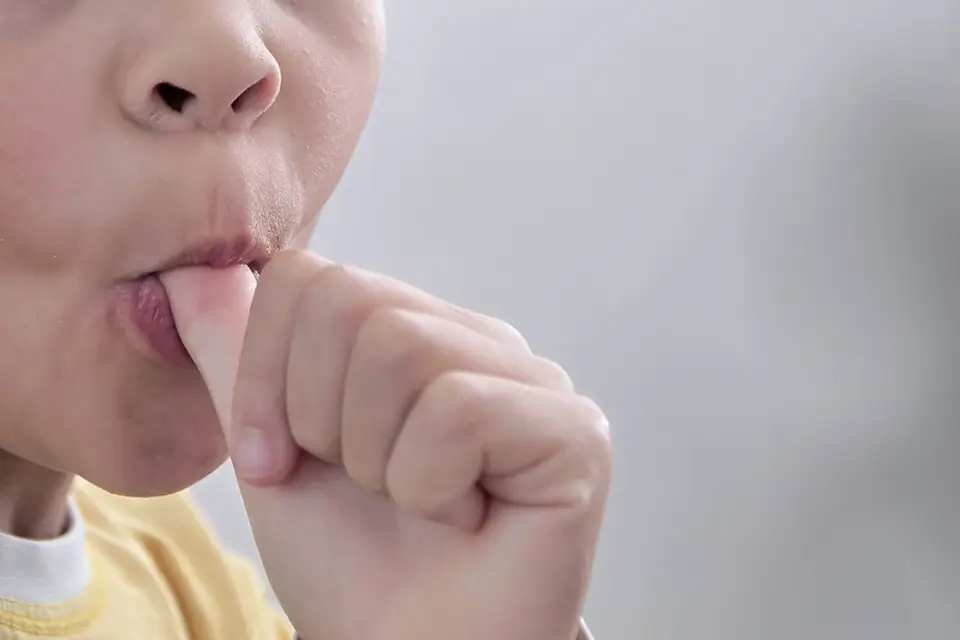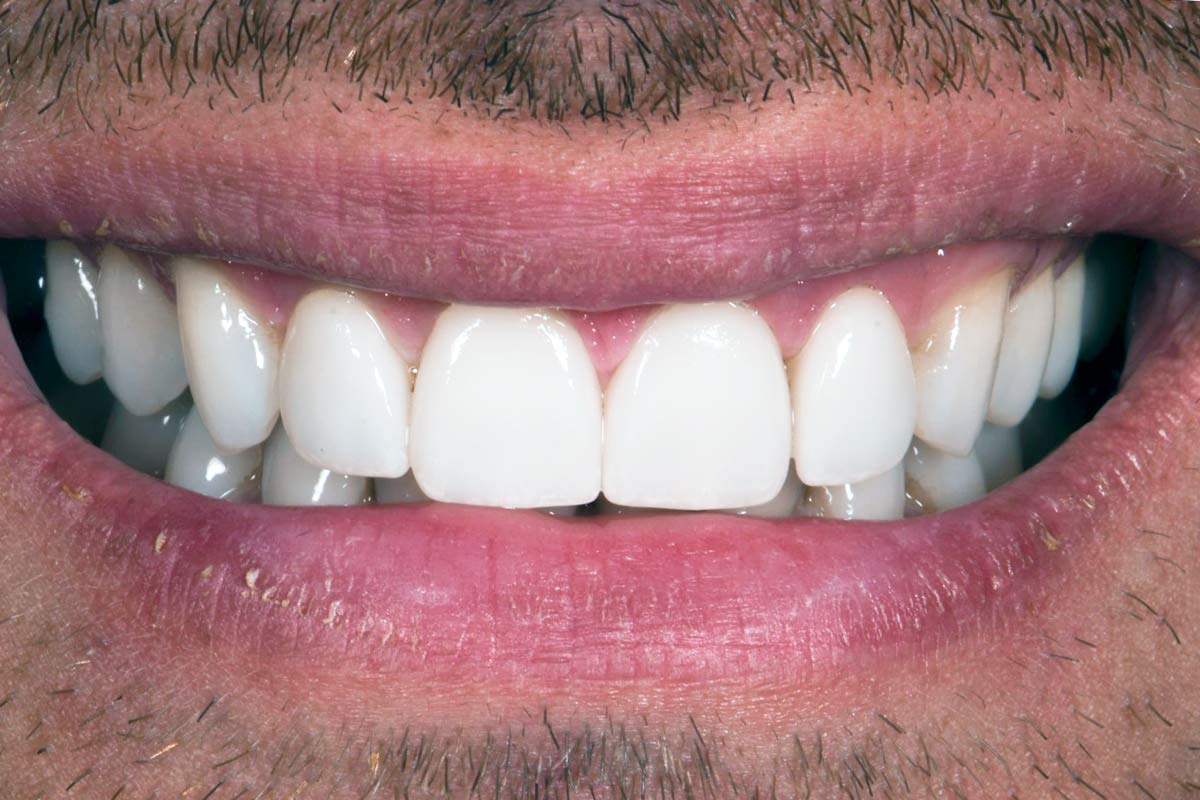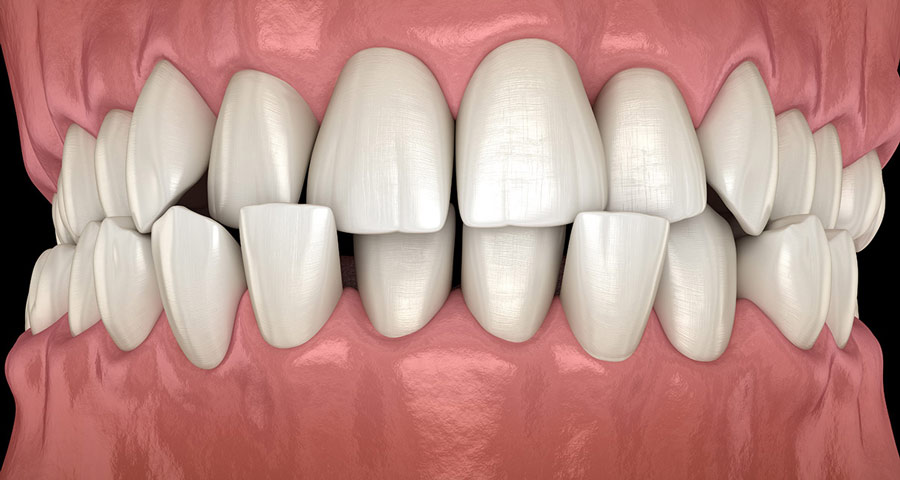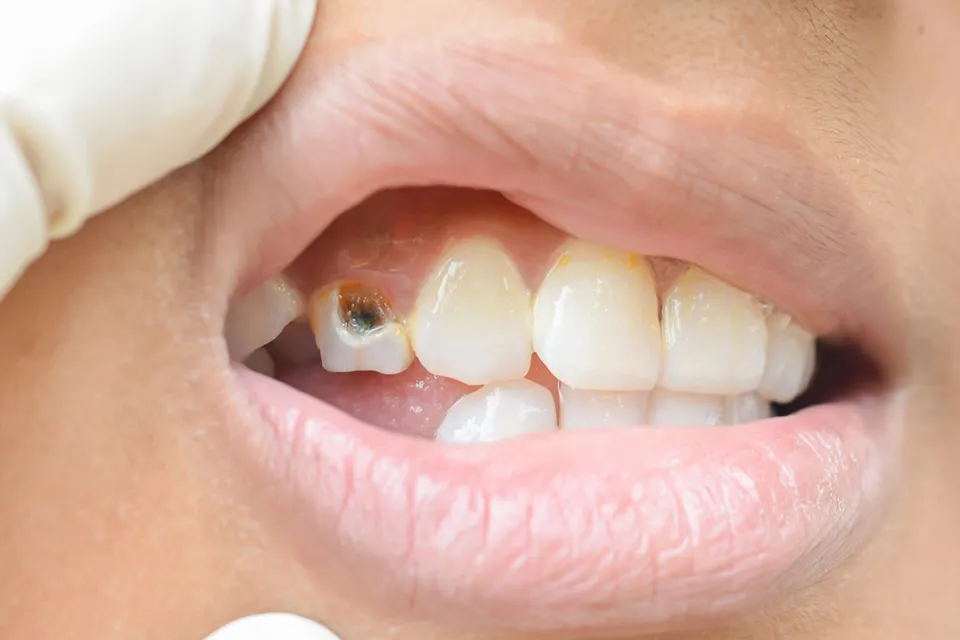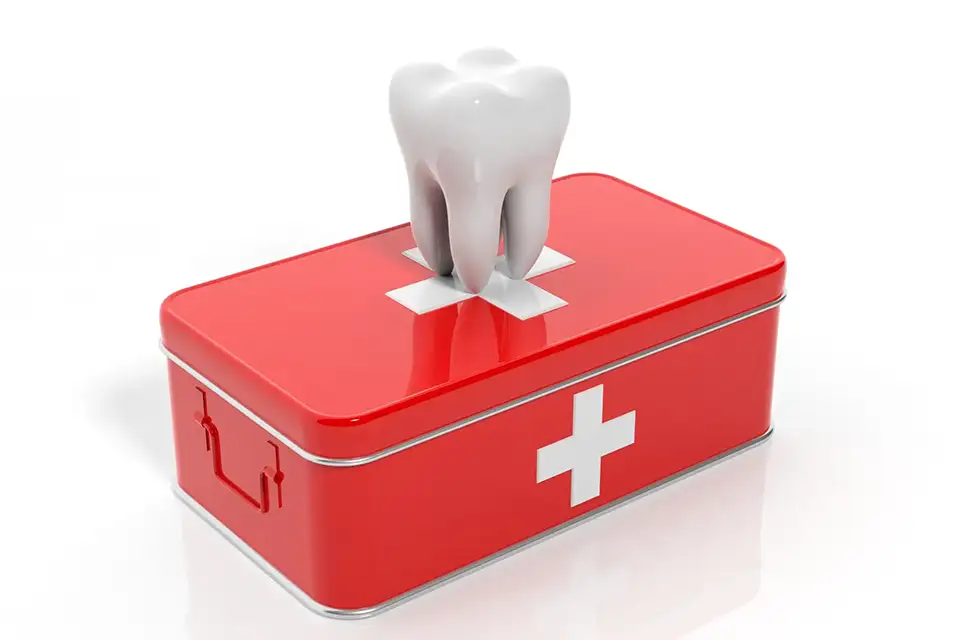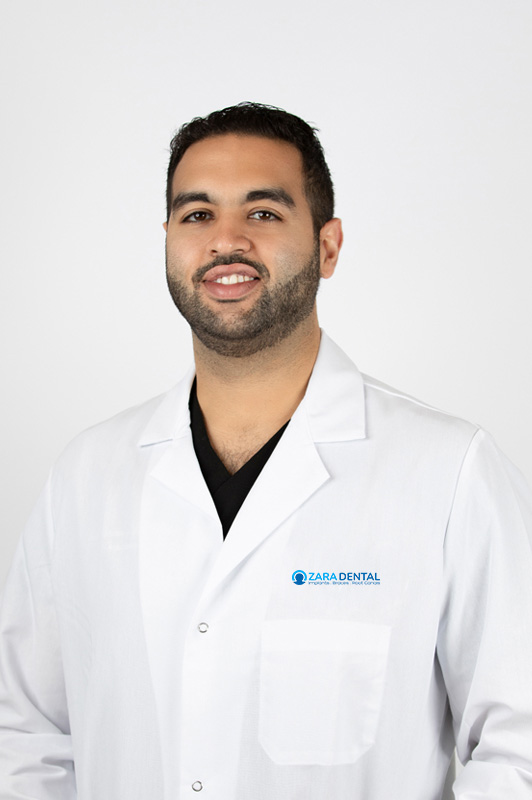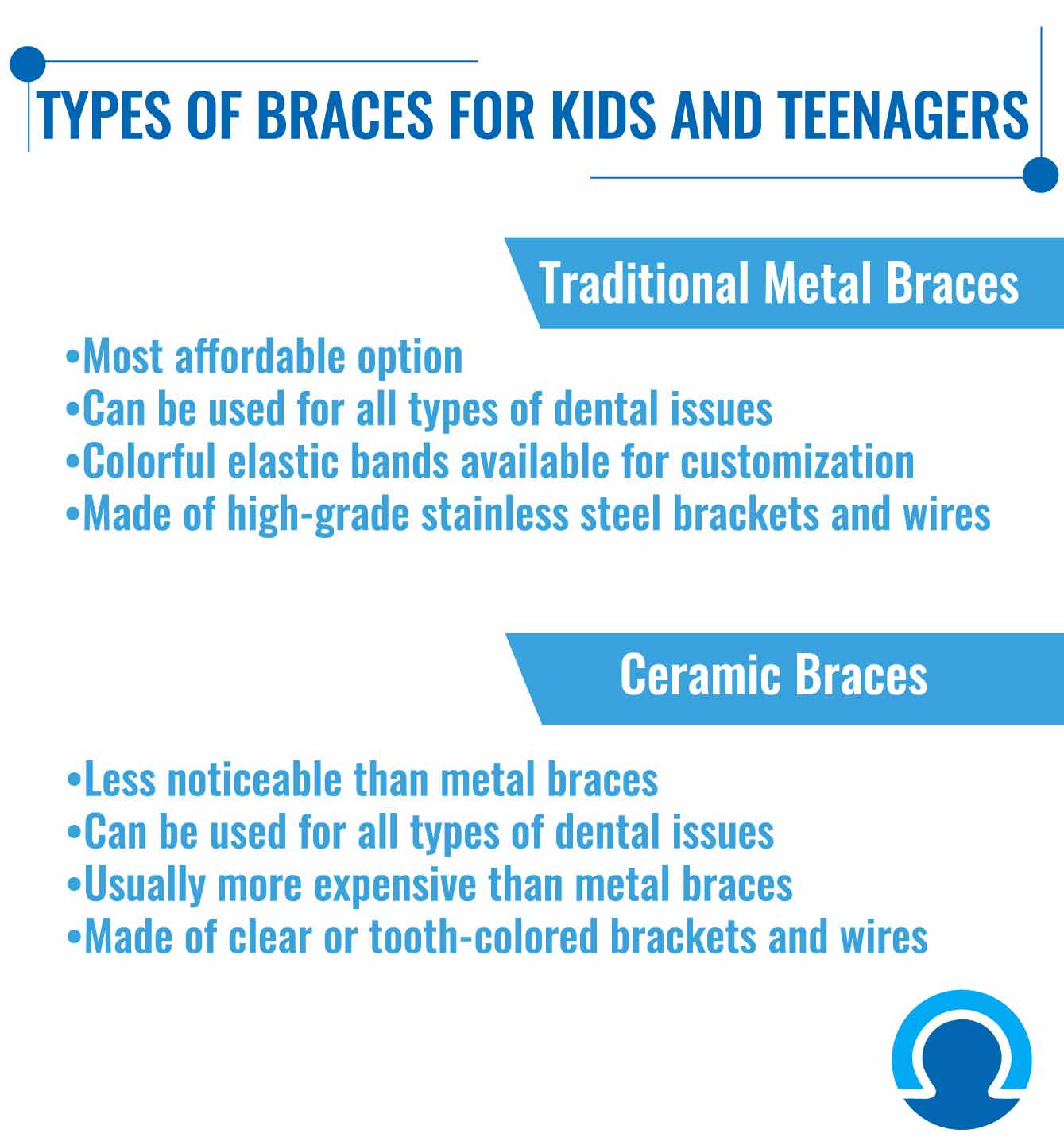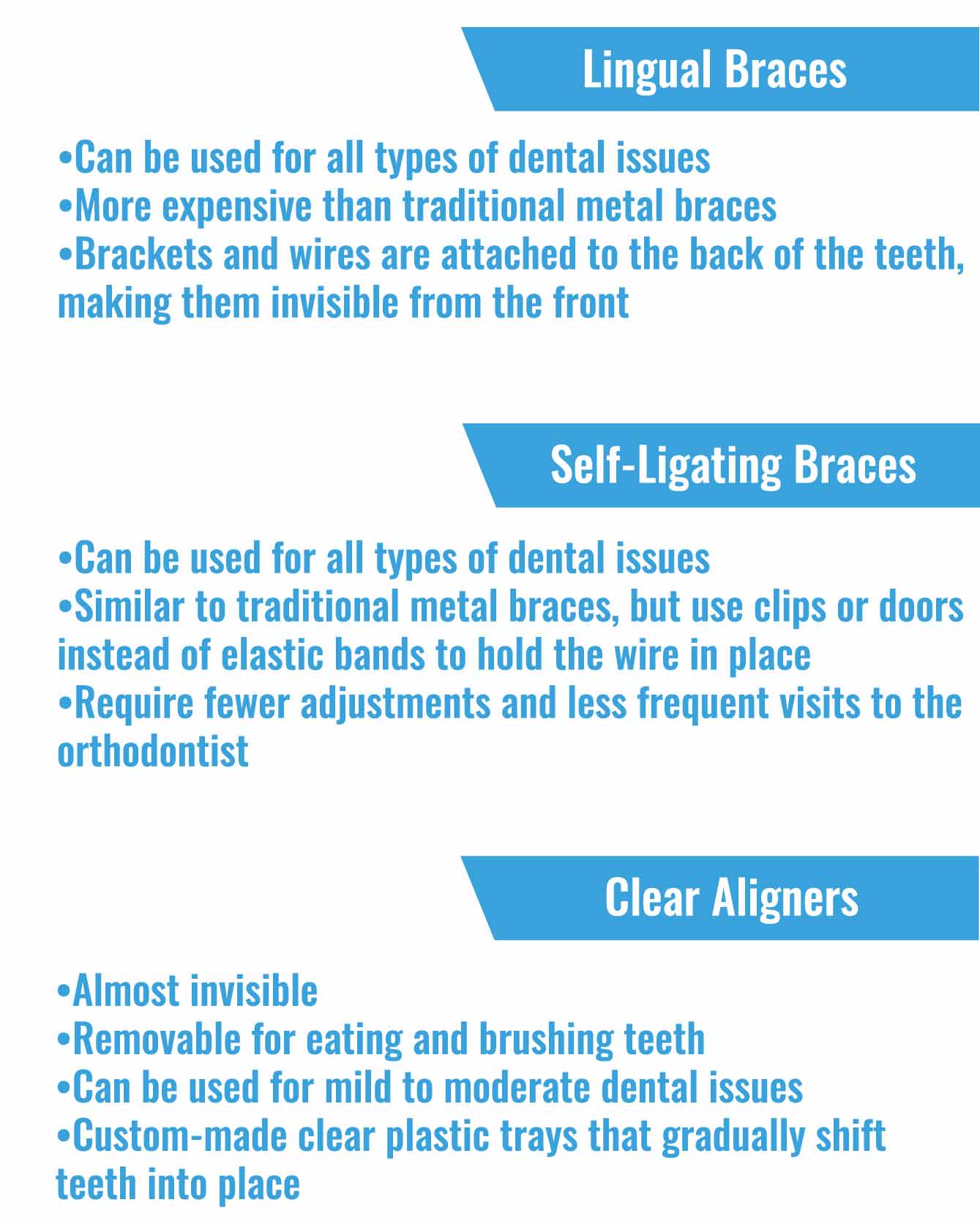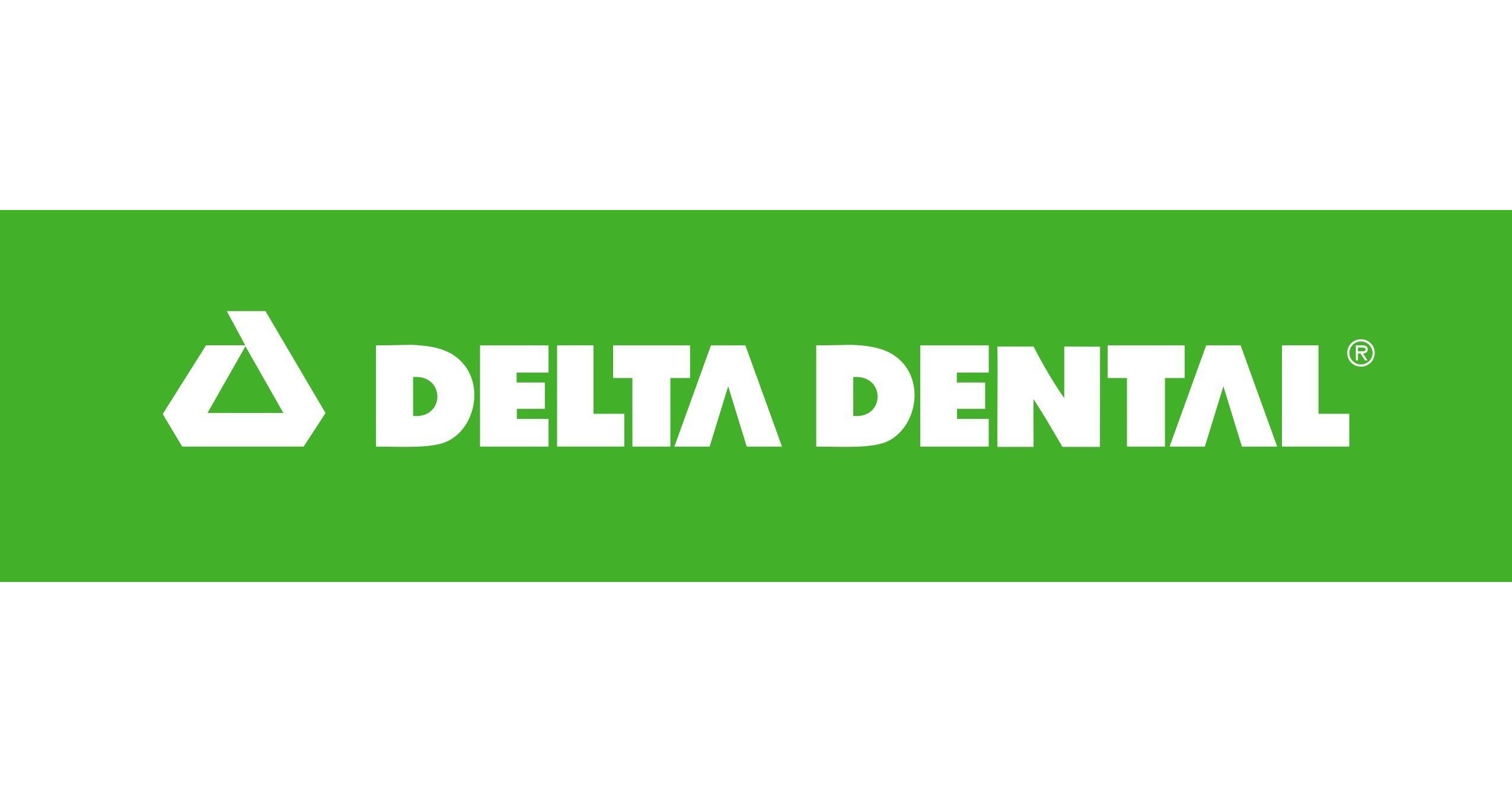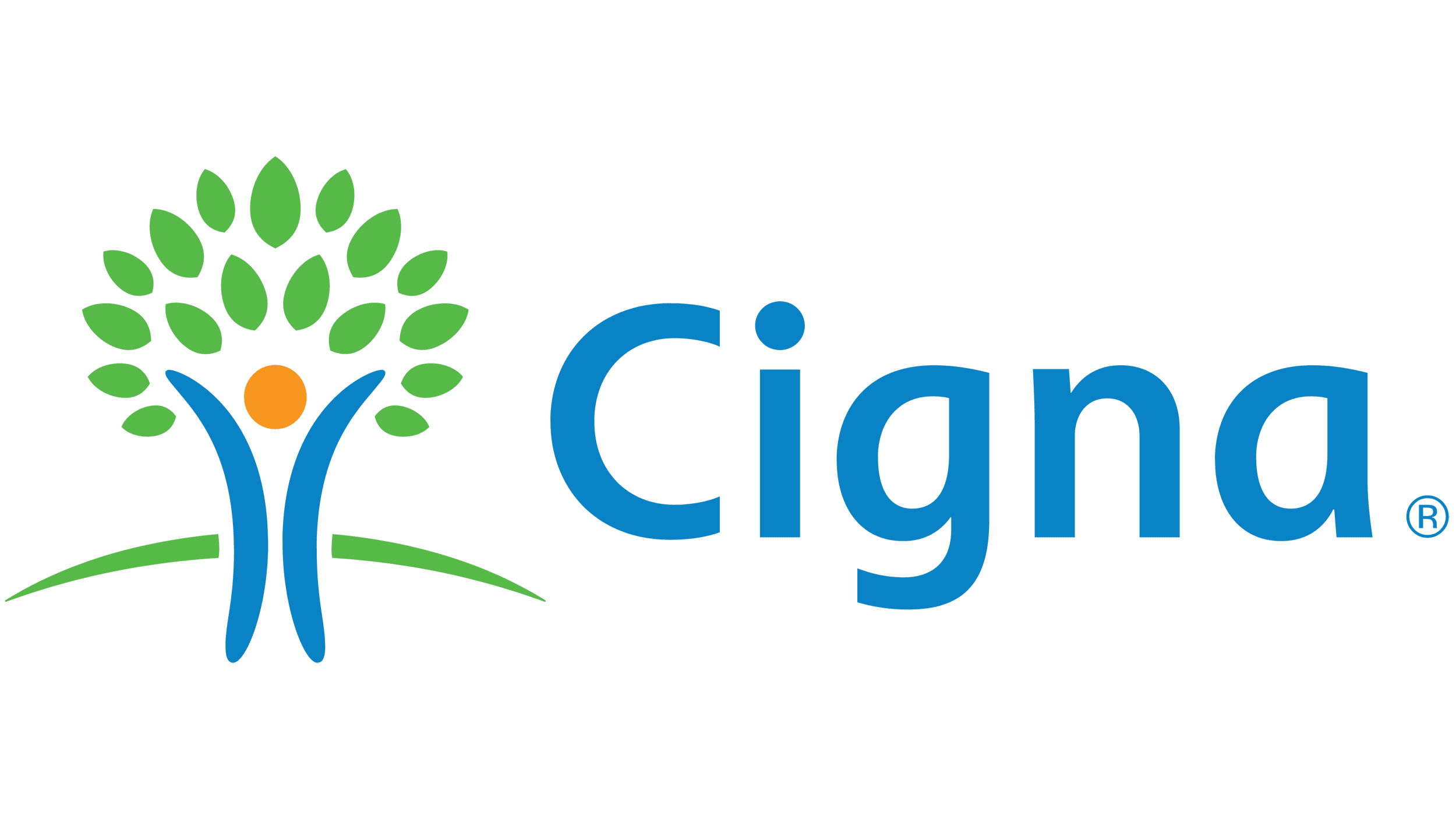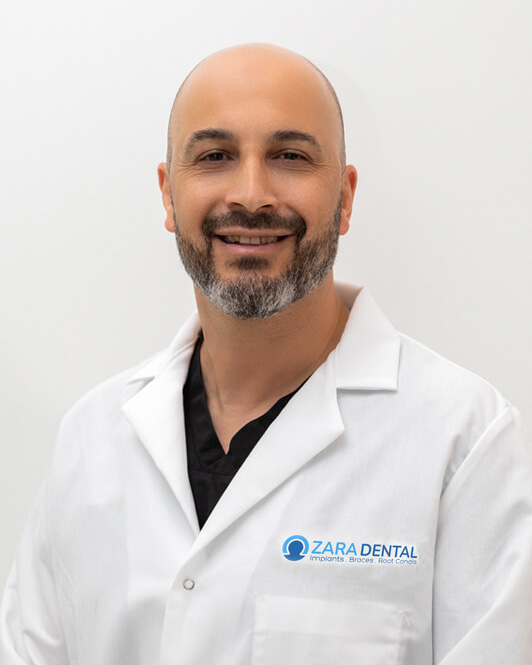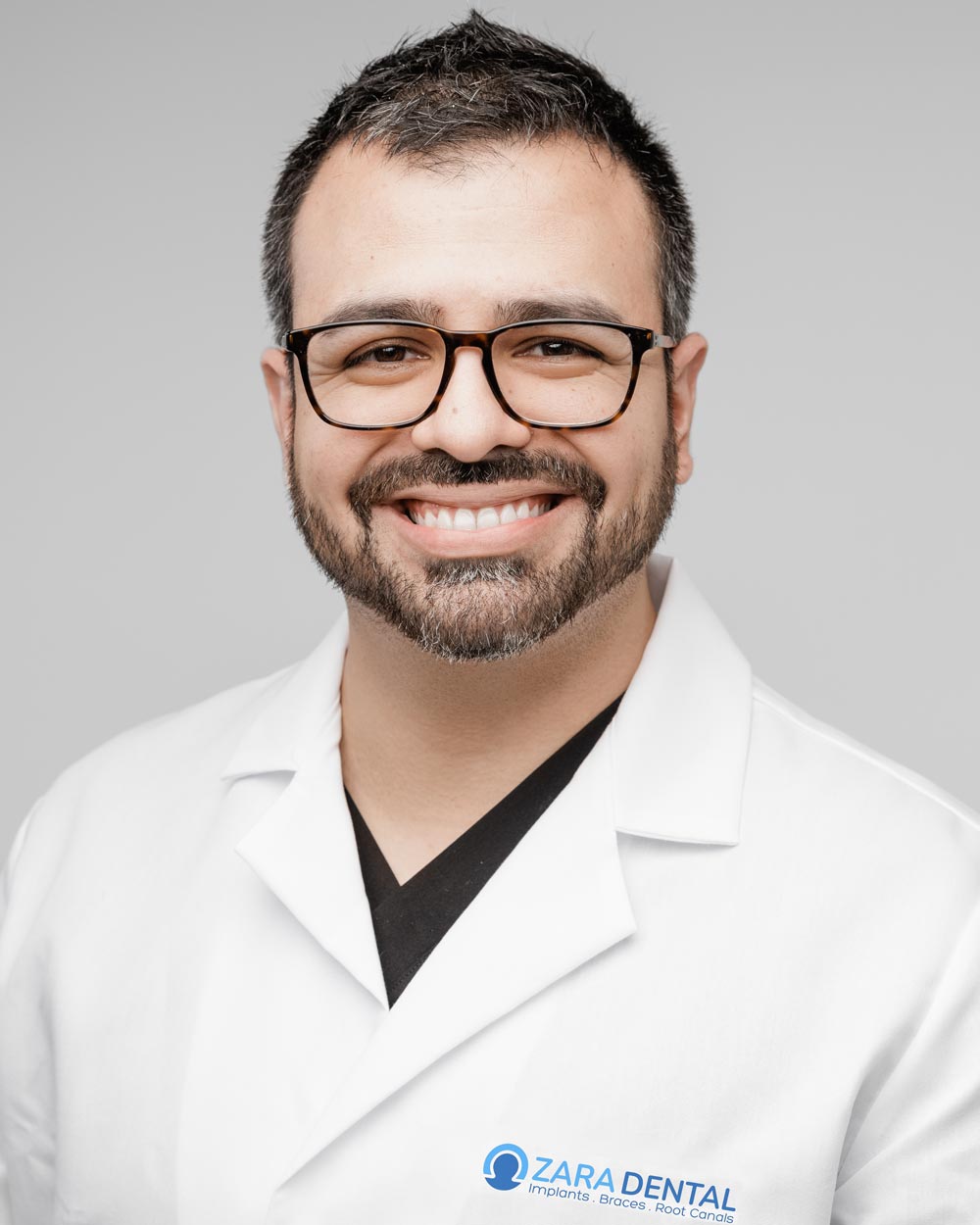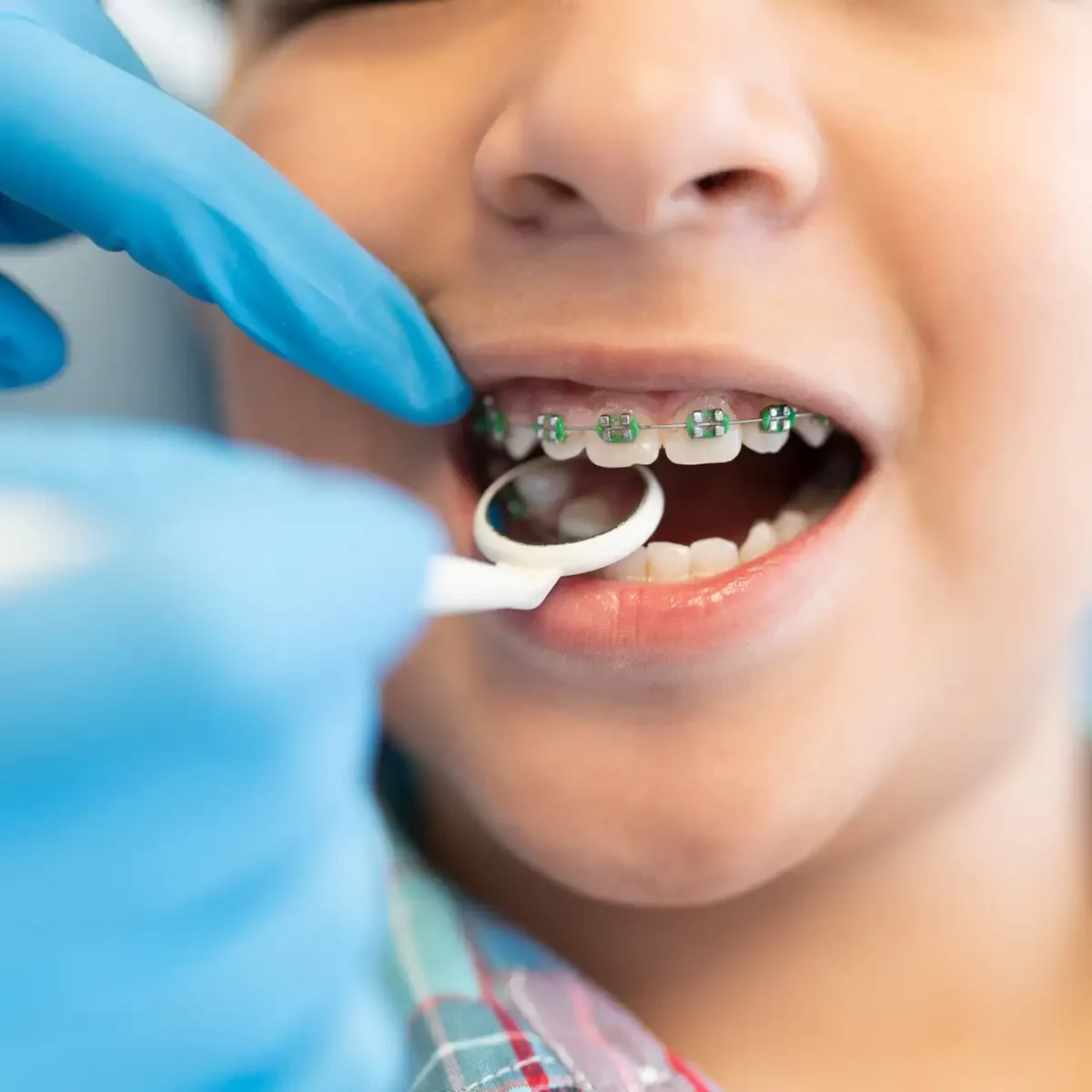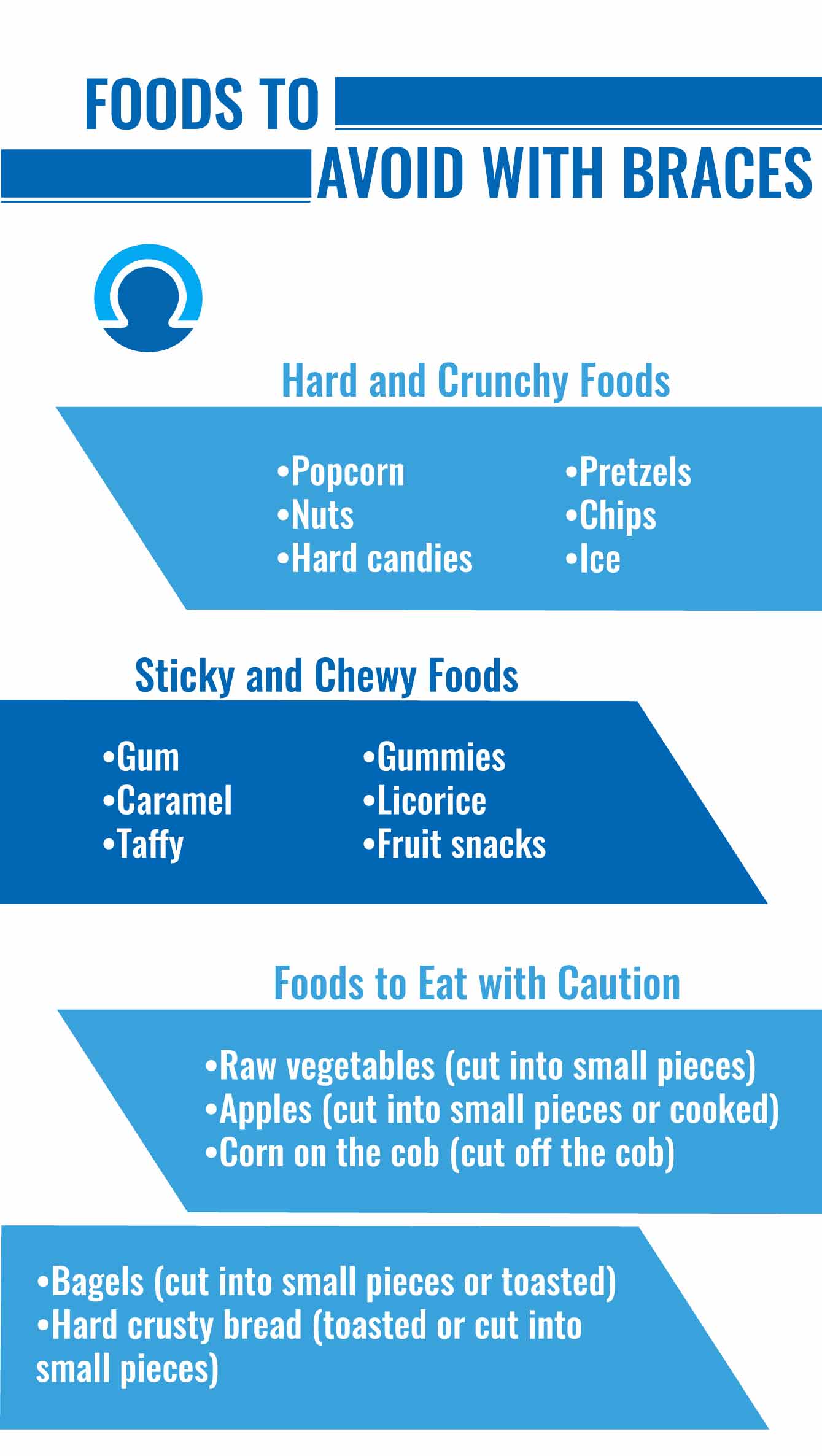How Should We Take Care of Braces?
Children with wired braces must work harder to keep their teeth clean because the braces make it simple for food to become lodged. We recommend brushing after meals and flossing daily to maintain good oral hygiene. In addition, regular dental cleanings and cavity checks are crucial for maintaining good oral health.
Certain foods such as popcorn, hard and sticky candies, and gum have the potential to harm braces; therefore, we recommend avoiding them. Sugary drinks like sodas and juices can also be a problem because they can lead to tooth decay. Children who wear retainers or clear plastic braces should remove them whenever it is time to eat.
Braces may cause discomfort as they exert pressure on the teeth, particularly following orthodontic adjustments. In such a scenario, you may consume over-the-counter pain relievers and opt for soft foods to alleviate discomfort.
If your child has a loose bracket, wire, or wire poking their mouth, visit your dentist immediately. Your child can use soft orthodontic wax to cover any sharp brackets or wires that are causing discomfort or irritation inside the mouth or gums if the orthodontist is unable to identify the issue.
